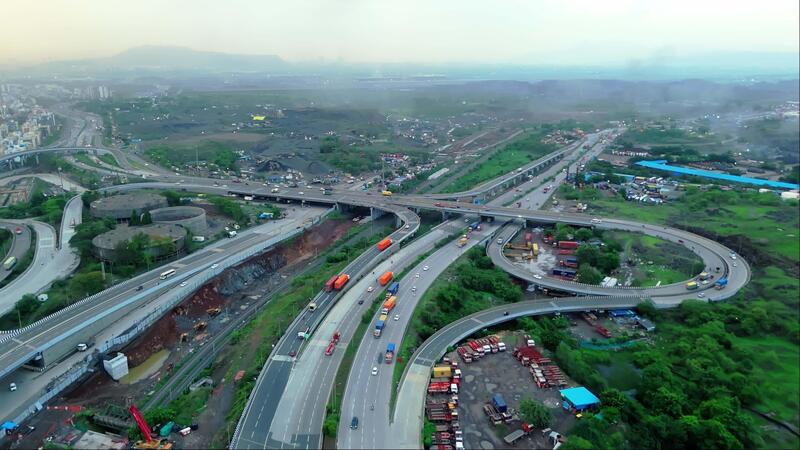Contact Us
RoadVision AI
Private Limited
Office No. 308 & 310, B Block
Ansal Chamber - 1, Bhikaji Cama Place,
Near Engineers India Limited (EIL) Bhawan, New Delhi - 110066
© 2024 | RoadVision AI | All rights reserved
The Indian Roads Congress (IRC) has developed a comprehensive set of guidelines to ensure the safety, durability, and efficiency of road infrastructure in India. One of the key documents in this framework is the "Standard Specification and Code of Practice for Road Bridge Section V: Composite Construction" (IRC:22-2015). This code represents a significant advancement in bridge design, focusing on the Limit State Design philosophy, which emphasizes safety and serviceability throughout the lifespan of a structure. This blog will explore the essential aspects of the IRC Code, its scope, materials, design principles, and construction practices, highlighting its importance in modern bridge engineering.

Composite construction involves the integration of steel and concrete to create a structural system that capitalizes on the strengths of both materials. The IRC Code is applicable to both simply supported and continuous bridges, utilizing steel-concrete composite construction where steel girders serve as primary members, and cast-in-situ or precast concrete slabs act as the deck. This approach not only enhances the structural integrity of bridges but also optimizes material usage, leading to cost-effective solutions.
The IRC Code outlines several critical terms and specifications that are essential for understanding composite construction:
The IRC Code emphasizes the Limit State Method of Design, which requires that structures be assessed for various limit states, including:
The design process involves careful consideration of material strengths, load combinations, and safety factors, as outlined in the IRC Code. For instance, partial safety factors for materials are specified to account for uncertainties in material properties and loading conditions.
The IRC Code provides detailed guidelines for the construction of composite bridges, emphasizing the importance of quality control and adherence to specifications. Key construction practices include:
The IRC Code also emphasizes the importance of regular maintenance and inspection of composite bridges to ensure their longevity and safety. Guidelines for periodic inspections, maintenance practices, and repair procedures are provided to help bridge authorities manage their infrastructure effectively.
The IRC Code (IRC:22-2015) serves as a vital resource for engineers and contractors involved in the design and construction of composite bridges in India. By adhering to the specifications and guidelines outlined in this document, stakeholders can ensure the safety, durability, and efficiency of road infrastructure. The emphasis on Limit State Design principles, material specifications, and construction practices reflects the IRC's commitment to advancing engineering standards in the country. As the demand for robust and sustainable infrastructure continues to grow, the IRC Code remains an essential tool for achieving high-quality bridge construction that meets the needs of modern society.
RoadVision AI is transforming infrastructure development and maintenance by harnessing artificial intelligence and computer vision AI to revolutionize road safety and management. By leveraging advanced computer vision artificial intelligence and digital twin technology, the platform enables the early detection of potholes, cracks, and other road surface issues, ensuring timely repairs and better road conditions. With a mission to build smarter, safer, and more sustainable roads, RoadVision AI tackles challenges like traffic congestion and ensures full compliance with IRC Codes. By empowering engineers and stakeholders with data-driven insights, the platform reduces costs, minimizes risks, and enhances the overall transportation experience.